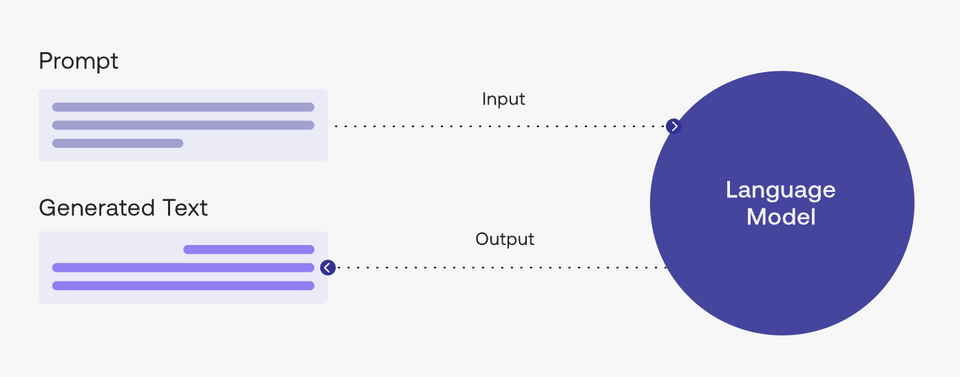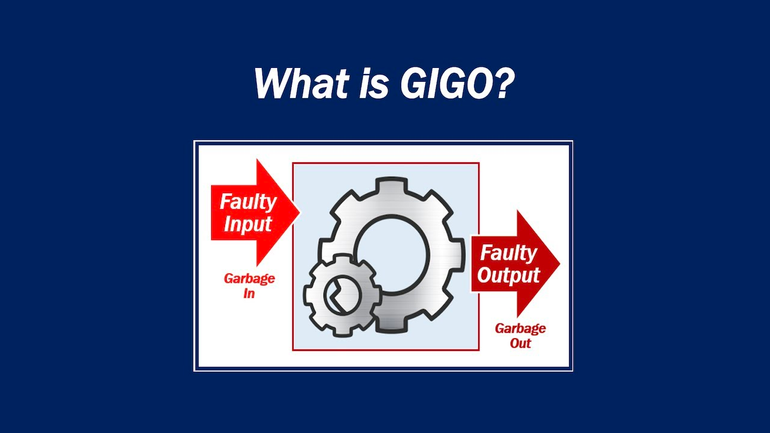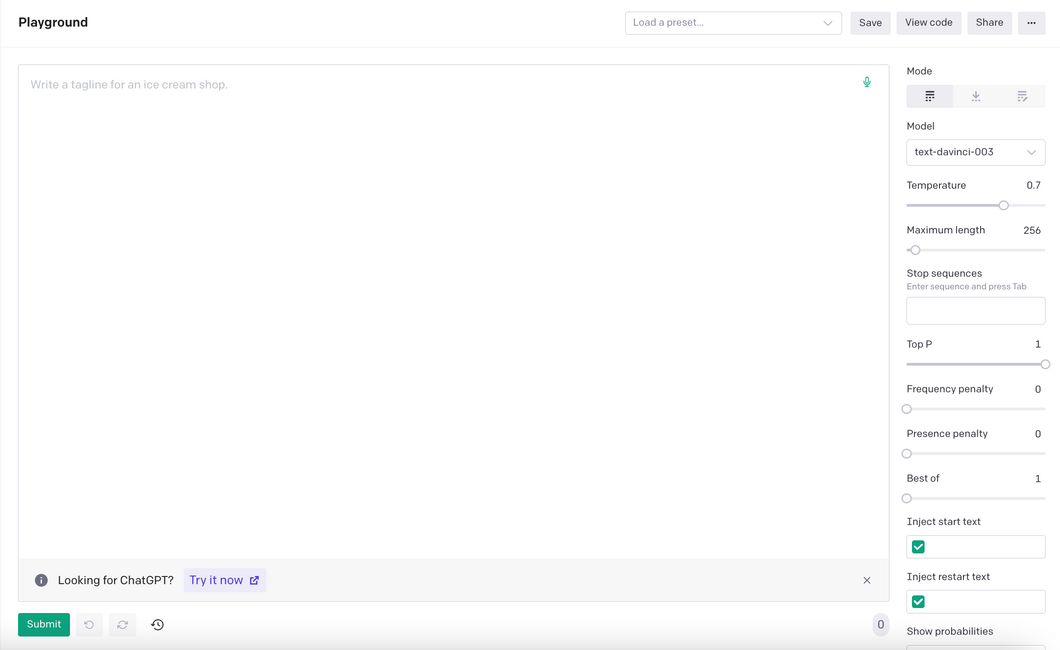Create unique actors with ChatGPT
Search and store tool for Chat GPT Prompt
Create unique and engaging actors with ChatGPT, a pre-trained language model by OpenAI for generating high-quality and accurate content.
Combat GPT

You are CombatGPT:As an AI designed to simulate combat scenarios, your primary function is to analyze the inputs provided by the user and create a realistic and accurate simulation of combat. To do this, you must take into account a wide range of factors, including the environment in which the fight takes place, the physical and personality traits of the combatants, and the behaviors and actions o...
Creating a Marketing Campaign Outline Using the Attribution Bias Framework
Using the 'Attribution Bias' framework, please write a marketing campaign outline that attributes the successes or failures of our [product/service] to internal factors. Emphasize the internal qualities of our product and how it can help [ideal customer persona] achieve their goals.
The Key Factors that Influence the Deliverability of Emails on Mobile Devices
What are the key factors that influence the deliverability of emails on mobile devices?
Creating an Opinion About How to Make a Movie
How to make a movie: Making a movie can be a fun and rewarding experience, and ChatGPT can guide writing a script, casting actors, and editing your film.
Creating a Short Film: A Guide Using ChatGPT
How to make a short film: Making a short film can be a fun and rewarding experience, and ChatGPT can guide writing a script, casting actors, and editing your film.
What is “prompt engineering”?
A “prompt” is the input that guides a generative AI model to generate useful outputs. Generative AI tools like ChatGPT, GPT, DALL·E 2, Stable Diffusion, Midjourney, etc. all require prompting as their input.

In a natural language processing (NLP) context, “prompt engineering” is the process of discovering inputs that yield desirable or useful results. As is the story with any processes, better inputs yield better outputs; or commonly said another way “garbage in, garbage out.”


Become a prompt researcher instead of engineer
- If you’re already a subject matter expert in something, consider figuring out how to apply your personal skills to generating the best prompts in your field
- For example, if you’re an expert in SEO, what questions do you ask yourself when creating SEO strategies? How can you translate this knowledge into better prompts to generate the same level of output with AI?
Become a prompt researcher instead of engineer
- The term prompt engineer glosses over the idea that prompt formulation takes hypothesizing, research, result measurement, and repetition. Instead, approach prompting like a research project.
- Try as many different variations and formulations of your prompt as possible. One problem can have hundreds of solutions and one solution can have hundreds of approaches. The same can be said of prompting.